This short note is a collation of the parasitic plants that I have come across in Singapore. Parasitic plants, as the name implies, are plants that rely on other plants to in order to survive. Although some parasitic plants can make their own food with the presence of leaves, they are not able to survive without a host plant. Those that do not possess any leaf will have to depend on their host plants for nutrients as well.
In November 2011, a book focus on the parasitic plants in Singapore titled "The Singapore Mistletoe Story" written by Francis Lim was published. This interesting book provides an insight on the parasitic plants found on trees in Singapore. According to the book, Singapore has 16 native species although most of them are considered extinct.
Online resources: | Parasitic Plant Connection | Tide Chaser Blog |
The first on my list is Malayan Mistletoe (Dendrophthoe pentandra), a very common parasitic plant that attaches to the branches of many trees such as Penang Sloe (Kopsia arborea), Water Apple (Syzygium aqueum) and Common Acacia (Acacia auriculiformis).
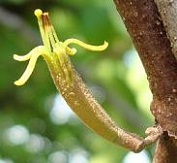
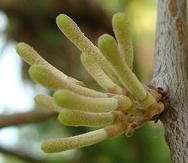
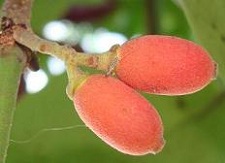
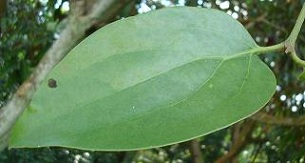
The next common mistletoe is Common Chinese Mistletoe (Macrosolen cochinchinensis). Its overall appearance is quite similar to the Malayan Mistletoe except that it tends to be bushier. This parasitic plant was seen on Malayan Banyan (Ficus microcarpa), Rose of India (Lagerstroemia indica) and Pink Kopsia (Kopsia fruticosa). As its leaves are quite similar to the Malayan Banyan, it is hard to notice it when it attaches to this fig tree.
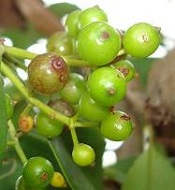
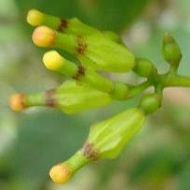
.jpg)
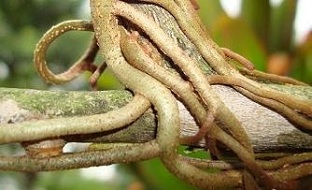
Next on my list is the Rusty-leaf Mistletoe (Scurrula ferruginea). Its leaves look similar to the first 2 mistletoes but it is not as common as them. The unique feature of this mistletoe is the rusty appearance of the young leaves, back of the leaves and the long flower buds. I have yet to see its fruit. It has been seen on the branches of Wild Rose Apple (Syzygium pycnanthum), Straits Rhododendron (Melastoma malabathricum) and Common Yellow Stem Fig (Ficus fistulosa).
.jpg)
.jpg)
.jpg)
.jpg)
The next mistletoe, Oval-leaved Mistletoe (Viscum ovalifolium), is a very uncommon one. The leaves look quite similar to the Common Acacia (Acacia auriculiformis). So far, I had only seen it once on a Malayan Banyan (Ficus microcarpa).
.jpg)
.jpg)
.jpg)
.jpg)
Striga asiatica is a different category of parasitic plant when compare to the four of them described above. It is a root parasite and hence, attaches itself to the roots of its host plants --- usually from the grass family (Poaceae). As it lives among the grasses and has tiny leaves, it may be hard to spot them.
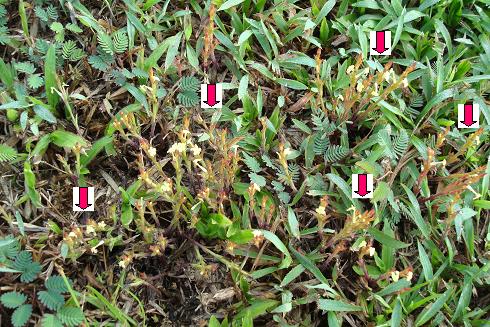

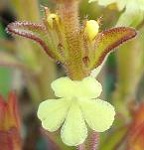
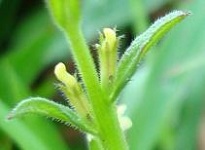
The one I saw has a height of 10-15 cm. The one with greenish stem and leaves was seen at a different location. This plant is rather illusive and not easy to locate.
Centranthera tranquebarica is probably the most surprising parasitic plant to me. The first time that I found this plant was in April 2008 at a wasteland. It took me till January 2010 to eventually identify it. It is likely a root parasite since it grows among the grasses and weeds. Unlike Striga asiatica where I had seen it at a few locations, Centranthera tranquebarica appears to be uncommon and I had only found it at one location so far.
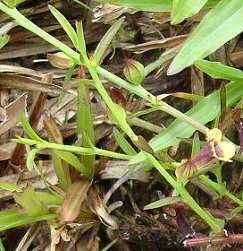
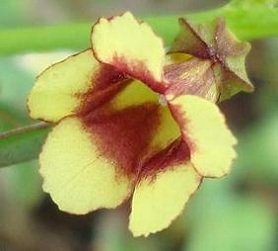
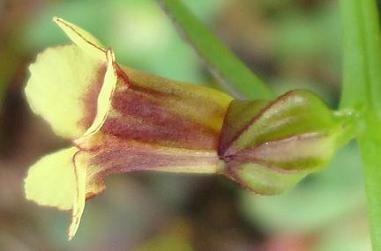
The next group of parasitic plants are vines and they are leafless. These plants are stem parasites. The first of these plants on my list is Love Vine (Cassytha filiformis). It seems to have a local Malay name, Rambut putri.
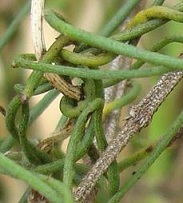
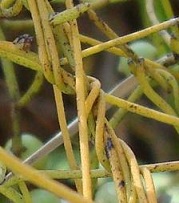
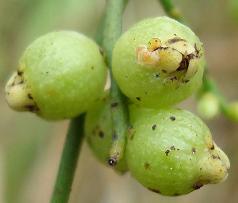
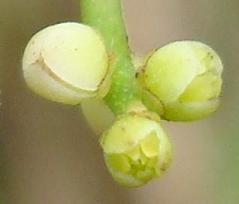
The next vine-like stem parasite is Australian Dodder (Cuscuta australis). It may have originated from Australia based on the common name. The vine looks similar Love Vine (Cassytha filiformis) except for its flower and fruit.
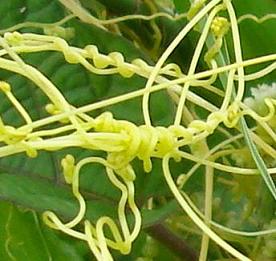
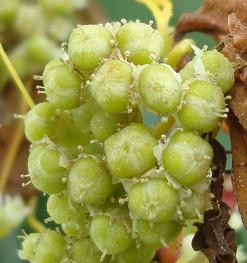
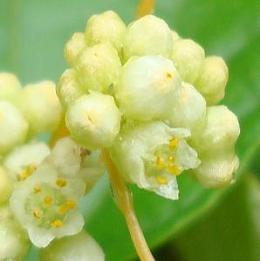
Last updated: 30 November 2012